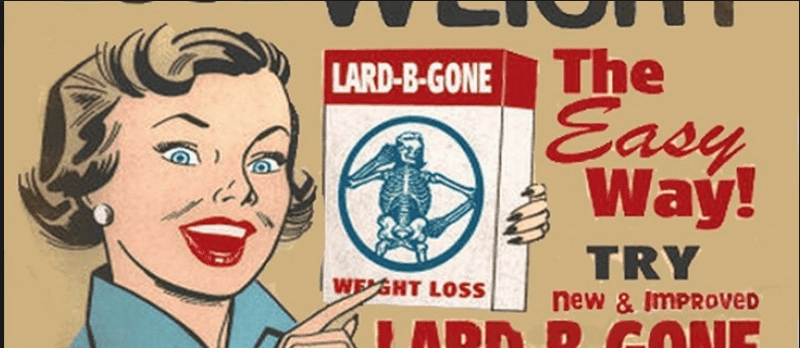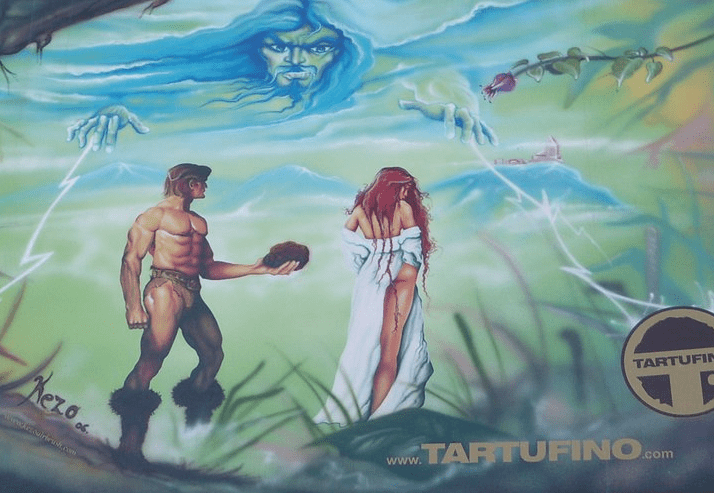As a rickshaw driver in NYC, I had my sales routine down pat.
Midwestern Couple in Times Square … “you folks like to take a tour of Broadway? And then Central Park?”
Business Person, Park Ave, at 5 PM … “no cabs around, can I get you to Grand Central for $20? 5 minutes!”
Lower East Side … “um, you know, hey, you guys need a ride to the Save The Robots.”
When I picked up Ben Stiller and Dennis Rodman one night, I knew to ride instantly AWAY from the paparazzi. I learned this through lots of trial and error, undercharging, and losing my voice. It took months, but I got to the point where I could come home with a couple of hundred bucks on any day of the week.
Manhattan Rickshaw DriverI also learned that killer instinct. Not everyone had a great ride in the rickshaw. But I knew how to get them to take the plunge and agree to $30 for 10 minutes of watching a scrawny kid pedal them three blocks. That felt shitty. Especially when it was raining. But I needed to pay rent.
We are persuaded all the time to buy things we don’t need or use. Someone wins. We lose. But with services — and I regard most software as a “service” these days — you typically can’t succeed that way. You rely on someone coming back. Unfortunately, so many of our methodologies are stuck in the “old” ways of physical and shippable products … front-loaded to trigger the purchase decision vs. the retain decision.
A billboard from Croatia. He is actually offering truffles to the goddess. Go figure.The job of Product Development and Marketing becomes exponentially more challenging when you cater to different personas. It isn’t linear. Three is way more difficult than one. Every meeting becomes more difficult. Every UX decision becomes more difficult. Every prioritization meeting becomes more difficult. Every support case becomes more difficult. You just slow down. There’s no way around it, and even late nights will not stem the tide.
With marketing, it is no easier. You can’t market to Classical Music fans and Nascar Fans at the same time, even if they both need to go on a diet. The approach will be different. Everyone wants to lose weight (the pain sells decently well), but Bach aficionados and Kevin Harvick junkies are a different breed. In both cases, the miracle diet goes unreturned, despite the 30 day refund.
 Selling to learn, and selling to sell is a fundamentally different task. The minute that killer instinct bubbles up — that competitive drive to close the deal, that paranoia about the deal falling through, that fear of hitting the number — you’ve already lost your ability to learn about certain things. You’ll learn how to morph the message to the audience (like I did countless times as a rickshaw driver)
Selling to learn, and selling to sell is a fundamentally different task. The minute that killer instinct bubbles up — that competitive drive to close the deal, that paranoia about the deal falling through, that fear of hitting the number — you’ve already lost your ability to learn about certain things. You’ll learn how to morph the message to the audience (like I did countless times as a rickshaw driver)
, but you won’t learn about the big picture.
Always Be Closing
Get them to sign on the line that is dotted.This is not a fundamentally bad thing. Some of us never learn how to turn that drive on. It’s just a matter of timing. The time WILL come, but the time is not now. That killer instinct is both an asset and liability.
The “learning” that needs to happen is: can you target someone with marketing, pitch them, close them, get them to use your product, and make them insanely happy as a customer? And do that repeatedly without insane heroism, and a limited resource (like a psyched founder)? It’s something the growth hacker movement has figured out.
Your goal as a startup is to figure out your formula, not to grow immediately, and not to hit numbers at all costs. It is a learning process. Most assume that by setting goals and quotas they can tease that learning out. The problem is that most people are wired to swim at all costs and not drown. It’s human nature.
So, in closing, show your sales friends some empathy. Engage them in the process of learning and incentivize them to learn. To reduce them to simplistic bloodhounds — smelling blood, and chasing down deals at all costs — is a disservice.
- Pick a buyer persona and stick with that group. Run the test!
- Test one or two techniques simultaneously (scripts, marketing, on-boarding, etc.)
- Be willing to walk away
- Stop fetishizing sales heroics. Fetishize learning heroics!
- Form shared understanding around a typical journey map that spans teams

